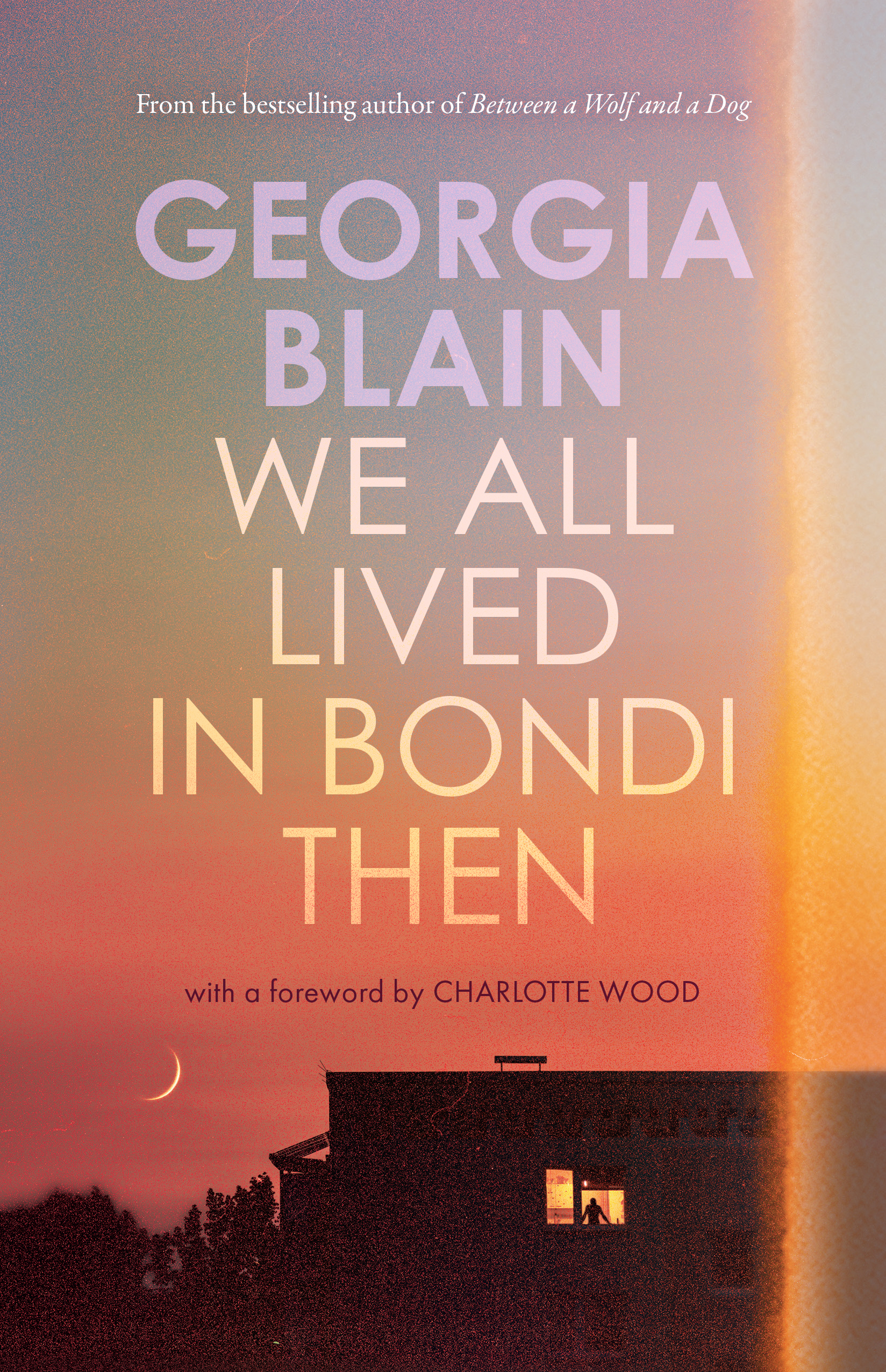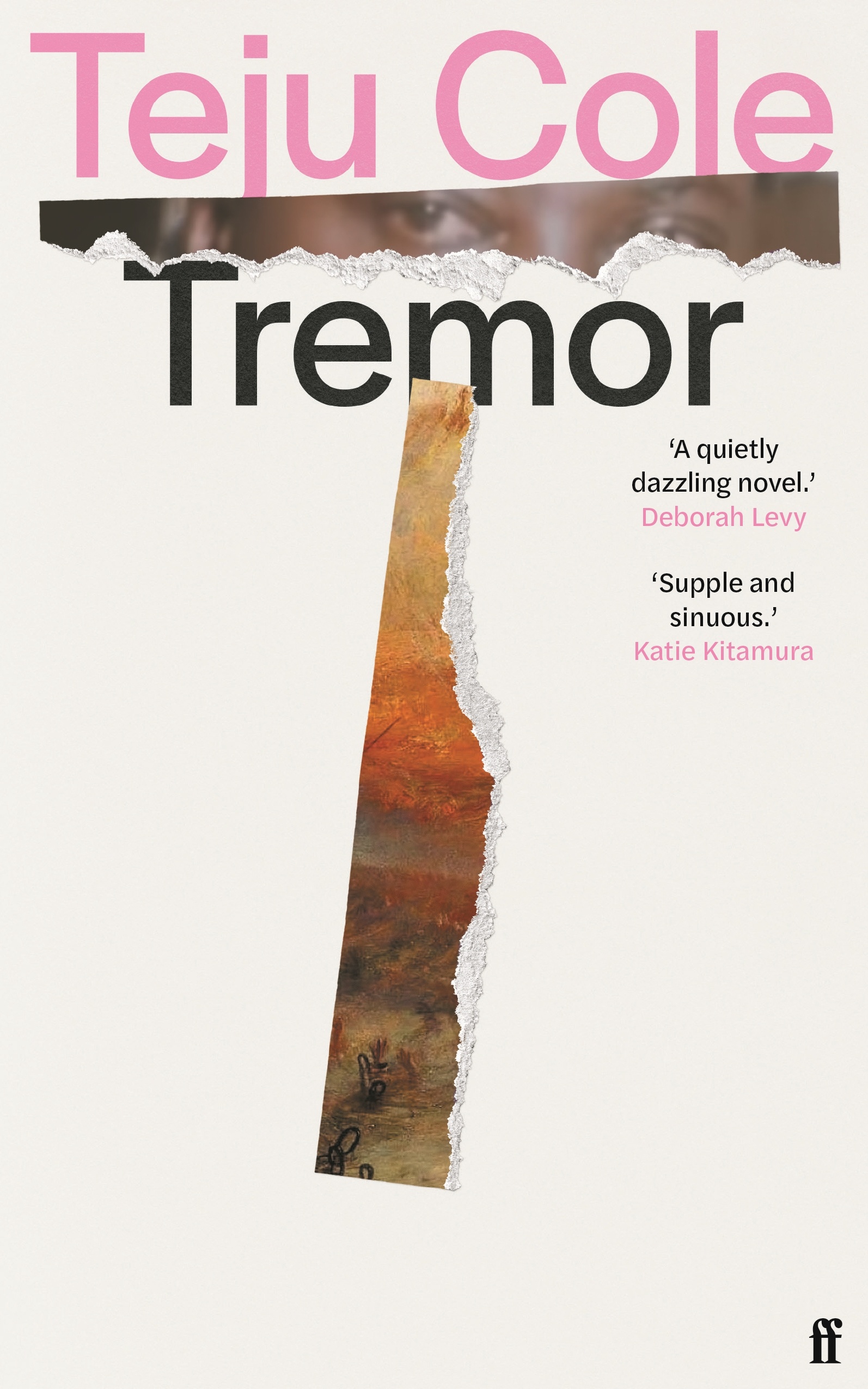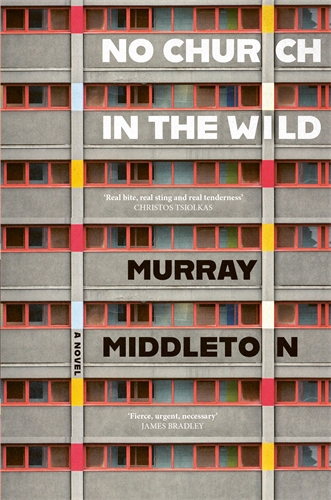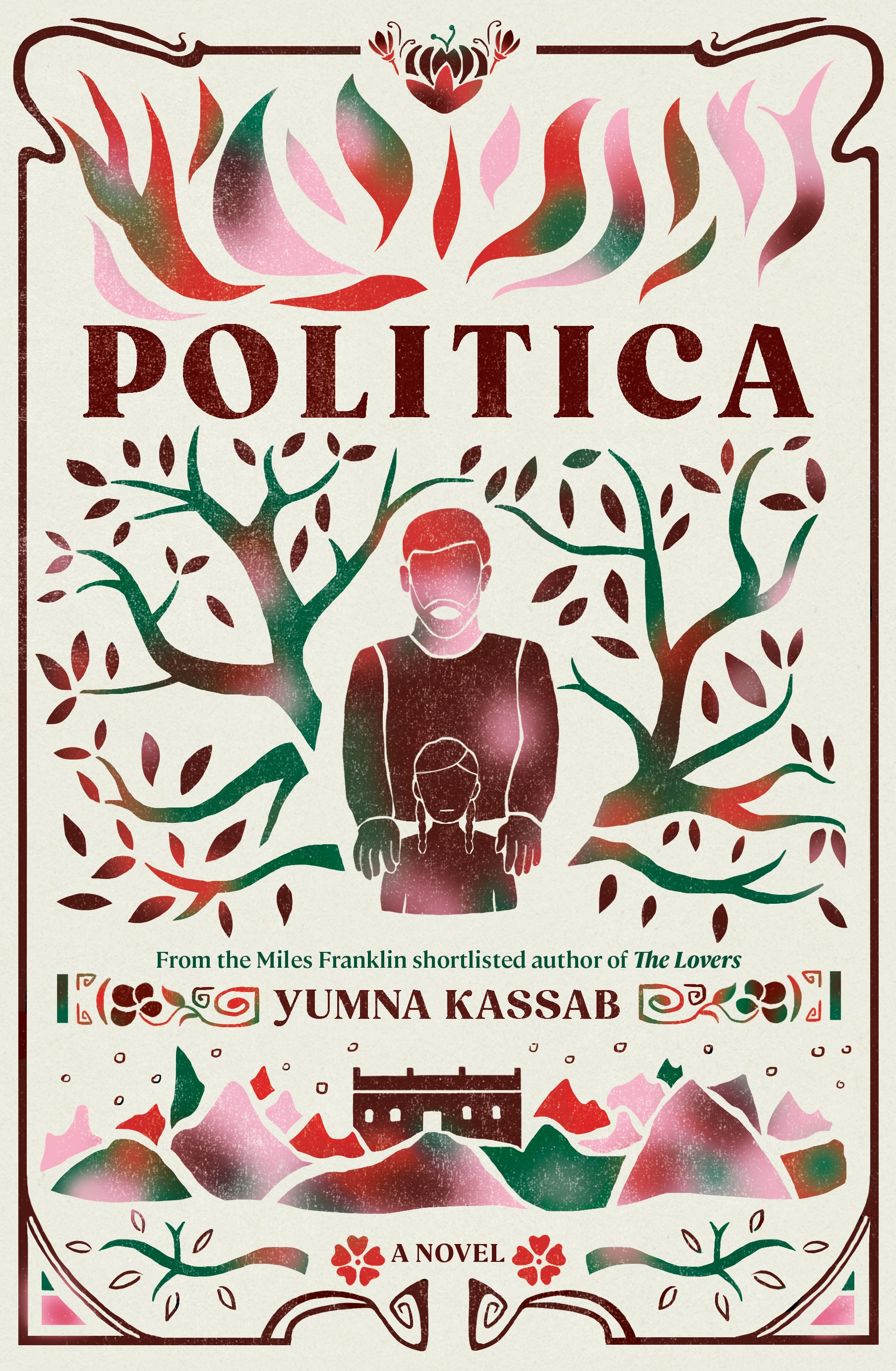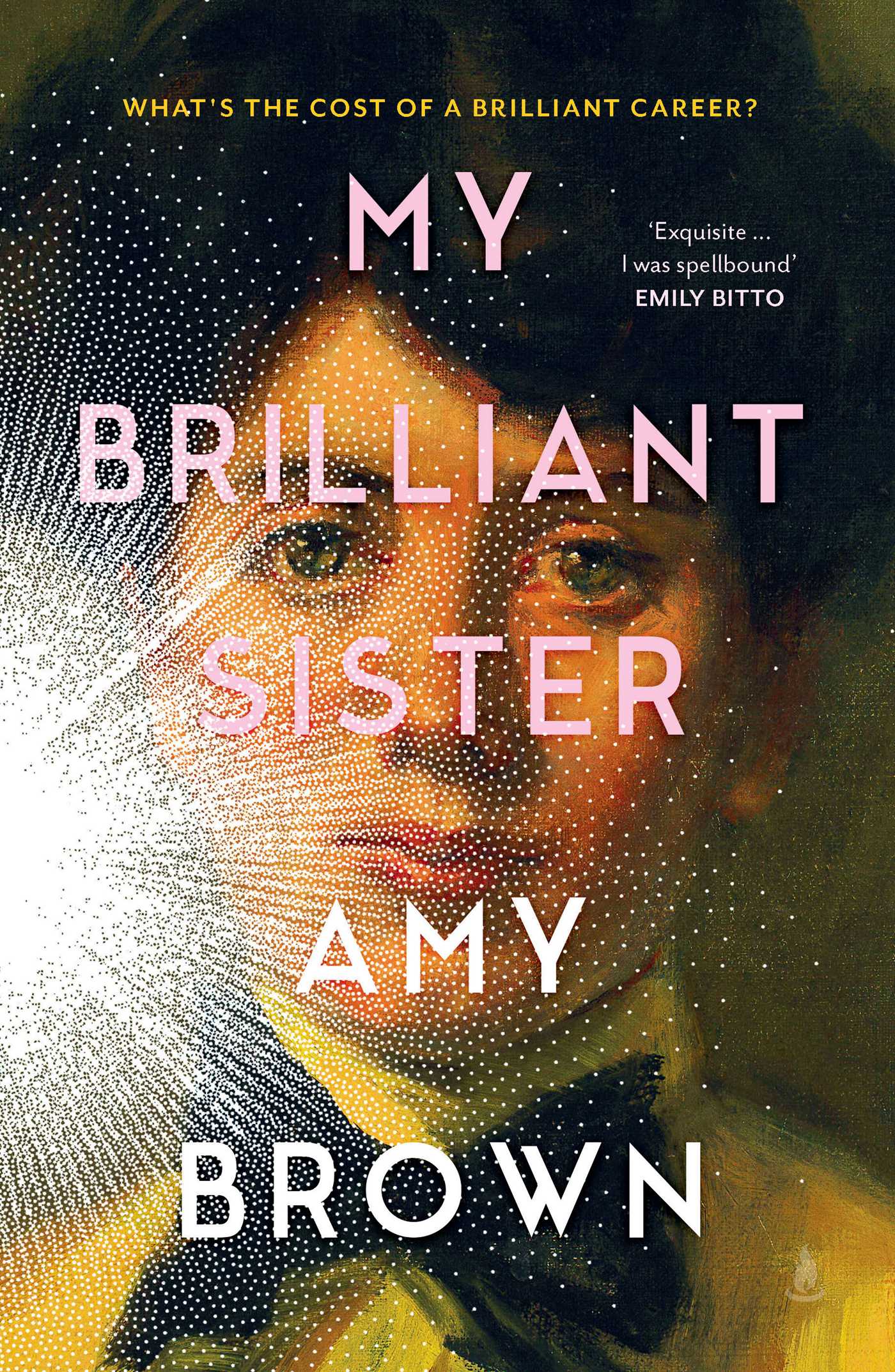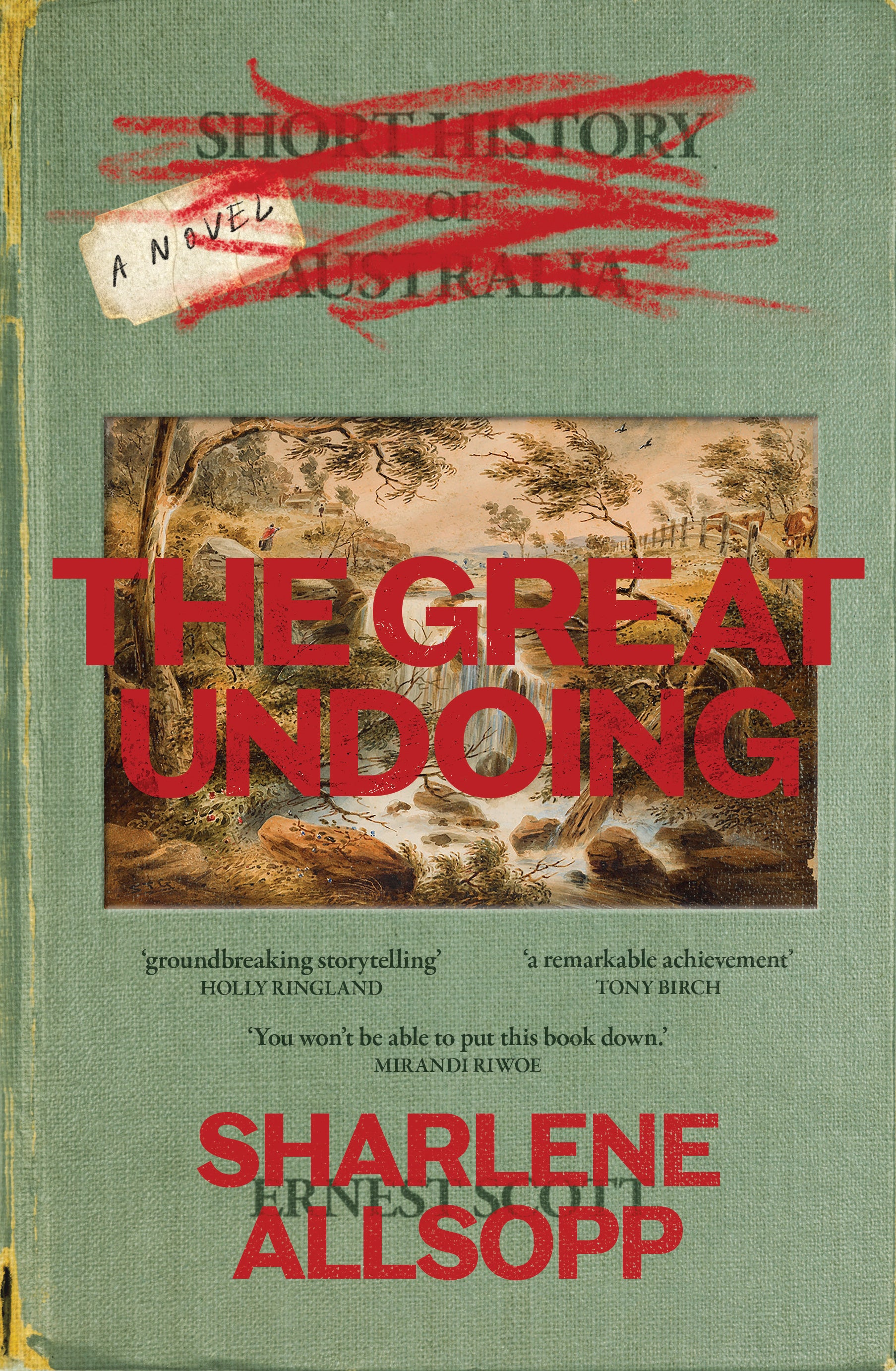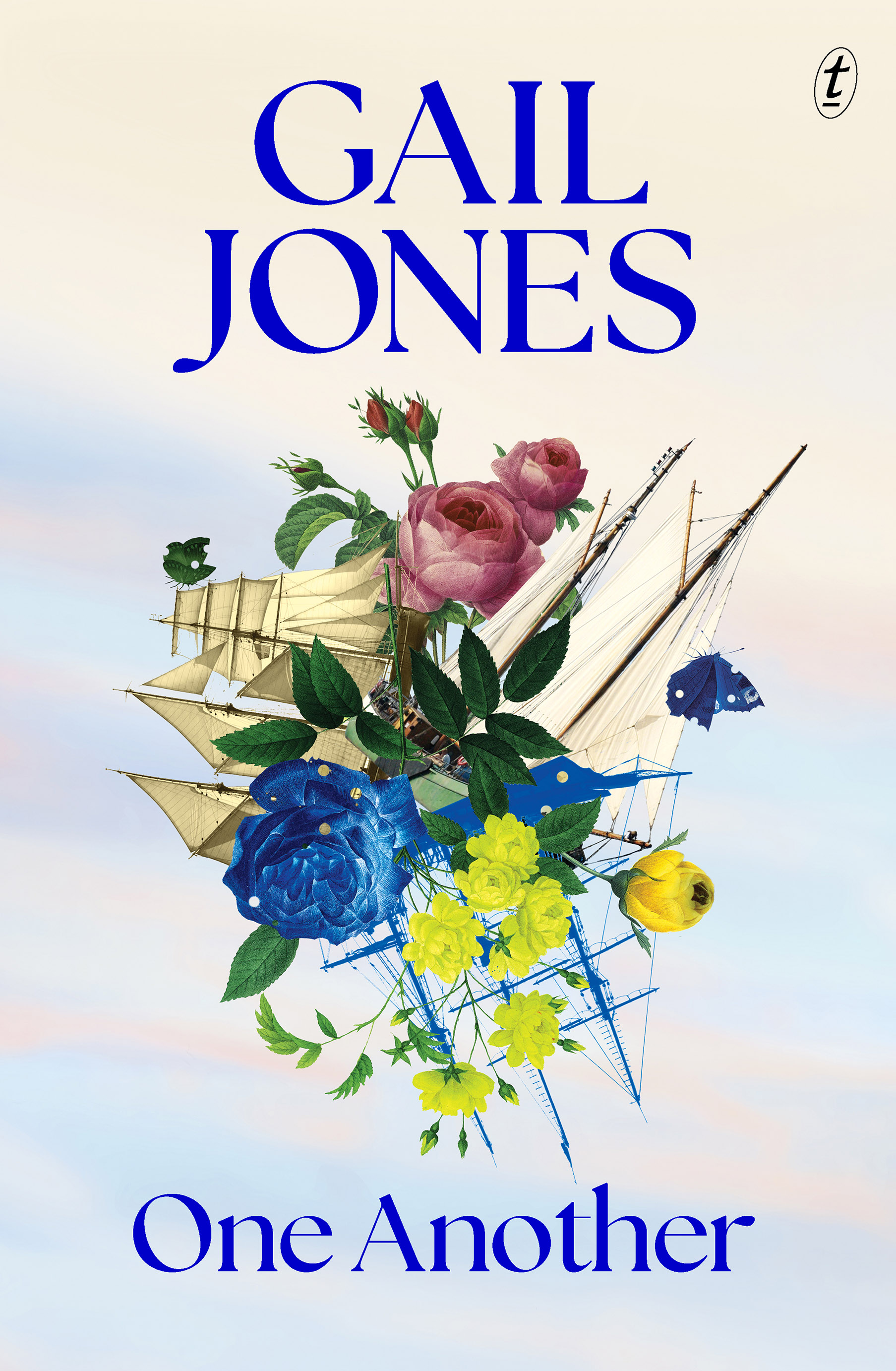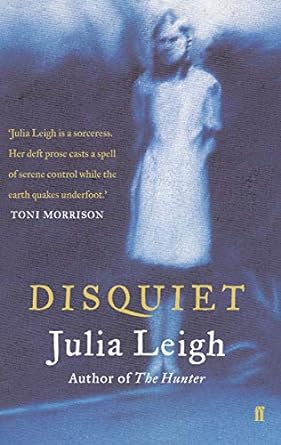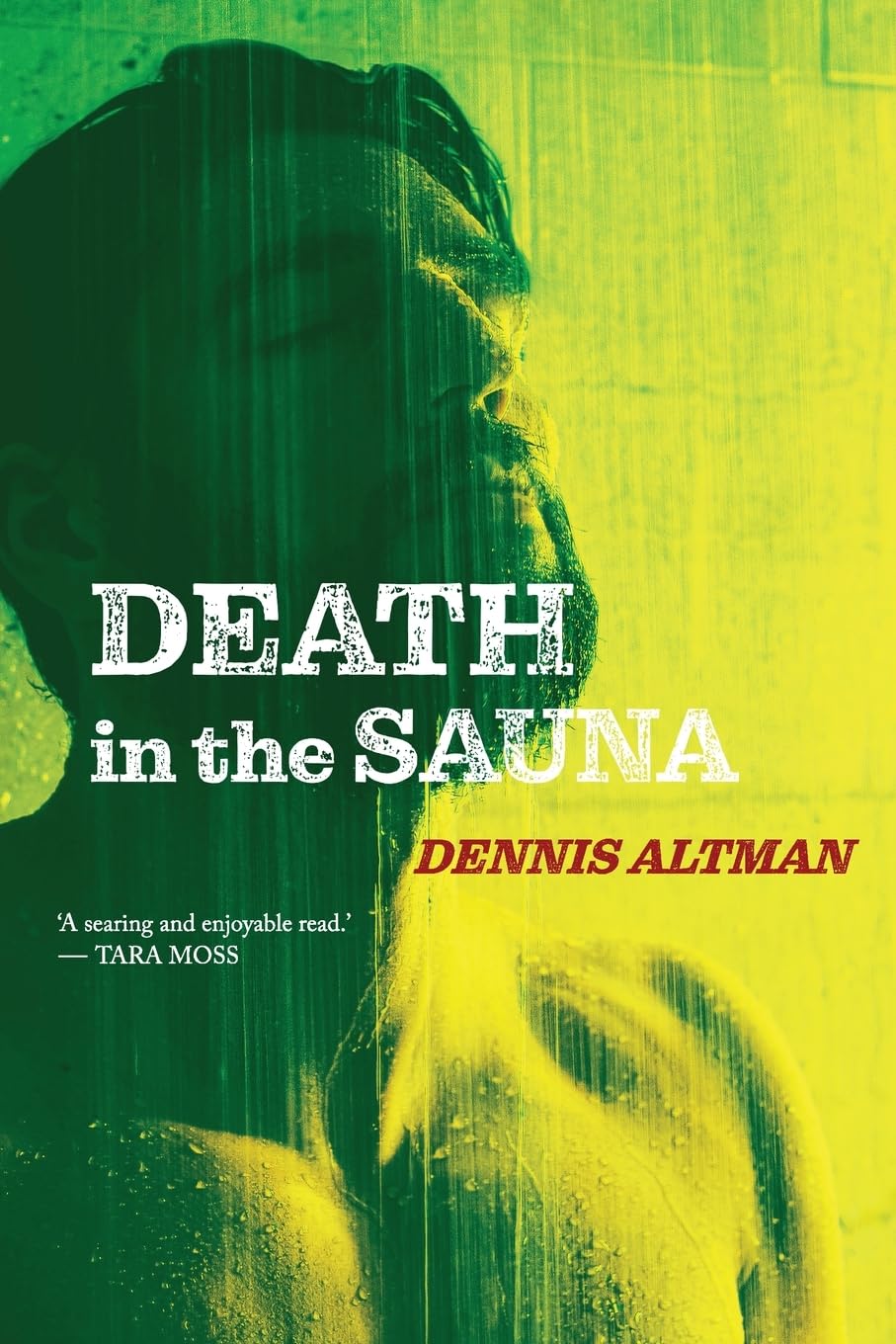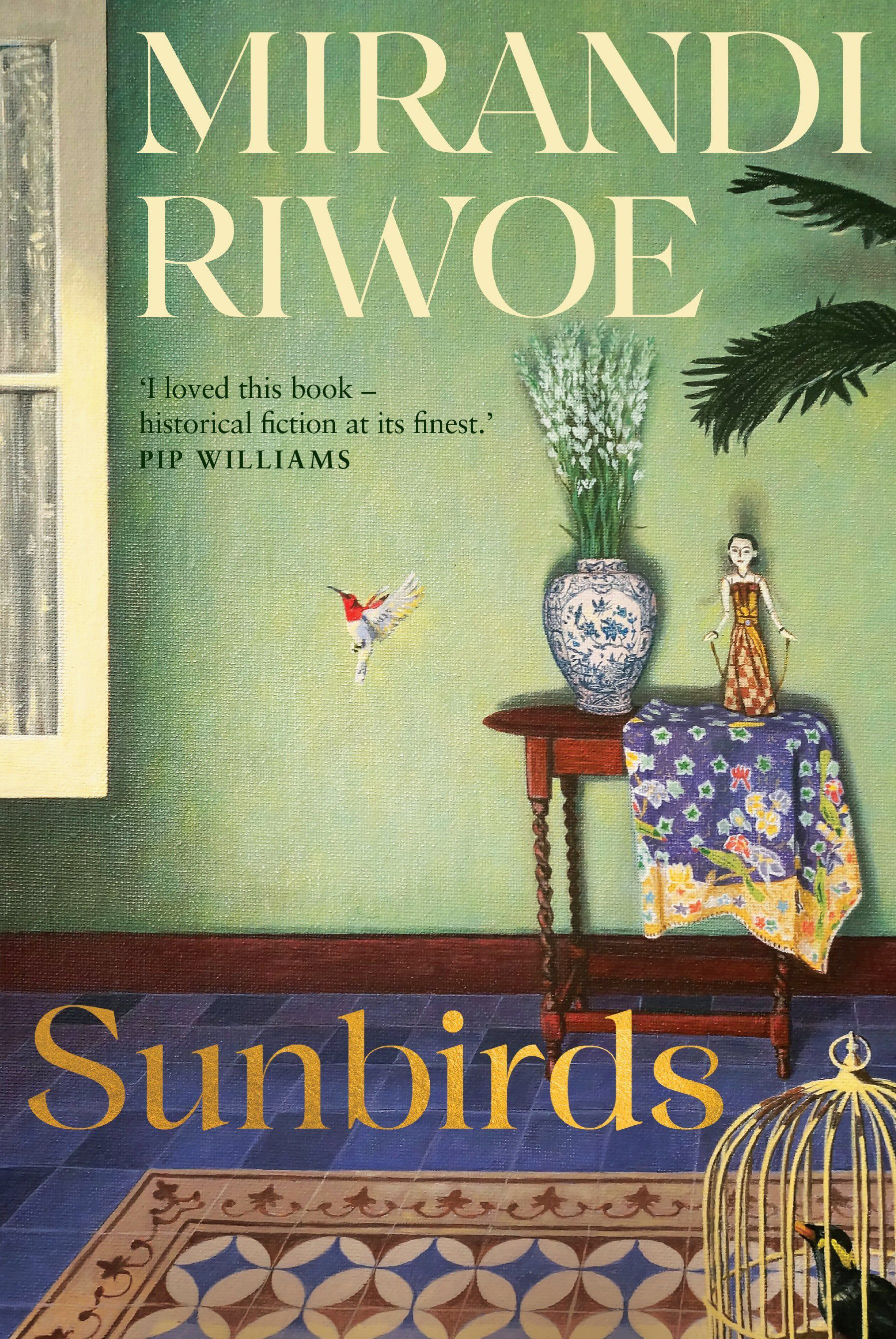Fiction
When Georgia Blain died at the age of fifty-one in 2016, the reading public was robbed of a superb prose writer in her prime. Her final and, some consider, best novel, Between a Wolf and a Dog (2016), achieved wide critical acclaim. Shortly after Blain succumbed to brain cancer, that novel went on to win or be shortlisted in a slew of national prizes.
... (read more)Tunde, a photographer and art professor at Harvard, attempts to photograph a hedge in his neighbourhood in Cambridge, Massachusetts. Waved away by a white property owner suspicious of a Black man on his street, Tunde tries again midway through Teju Cole’s new novel, Tremor, but, trusting his feeling of unease, leaves. (One is put in mind of the notorious 2009 incident in which neighbours reported Henry Louis Gates Jr for trying to force open his own Cambridge front door.) It is not until the final pages that Tunde returns to the scene and tries again, in the dead of night, after a party he has hosted with his partner, Sadako. The first exposure is too bright, the second too inky; too much is in frame, then not enough. Finally, he makes what he believes might be a successful image. Makes not takes; the difference is significant.
... (read more)Murray Middleton’s début novel, No Church in the Wild, opens beneath Flemington’s public housing towers in inner-city Melbourne. Residents of the towers flood the street to witness the police arrest a group of children ‘pinned on the concrete, knees digging into their spines’. One of these observers is Ali, a grade six primary school student. Ali recognises a Somali friend of his, Walid, as one of the boys under arrest. From Ali’s perspective, it is the latest provocation in a months-long campaign of police harassment against the local African migrant community. When things escalate and police direct the observers to leave, Ali responds: ‘Why should we? ... We live here.’ As the first of five parts, this opening scene is prologue to the action of the novel, which takes place five years later as Ali and Walid embark on their final years of schooling amid a community still suffering from problematic police interactions.
... (read more)‘The personal is political’ is an axiom that has become ubiquitous. Normally used within the context of feminist activism, in Yumna Kassab’s latest novel – for which it serves as the epigraph – it is a reminder of the human sacrifice of war and how every part of a civilian’s life reflects its surroundings.
... (read more)Ida, a secondary school teacher in Melbourne with a four-year-old daughter, Aster, in childcare, lives in a post-Covid world of masks, mindfulness apps, remote learning, and video calls. Recently relocated from New Zealand when her partner, a lecturer in Cultural Studies, is offered a more prestigious job at an Australian university, she has relinquished the possibility of continuing her own academic career. He seems unwilling to share household tasks or help to tend to their child, despite the fact that they are both working, and distances himself by immersing himself in his study and going on long runs. In the opening passage, we are presented with Ida’s childhood memory of being on a beach, where she pretends that she knows how to swim – or rather, that she has learned ‘how not to drown’ – which now seems an apt metaphor for her marriage.
... (read more)Over the past two decades, novelists such as Alexis Wright, Kim Scott, and Ellen van Neerven have produced a body of work that not only unflinchingly explores the reality of Indigenous experience, but in many cases revisions the boundaries of the novel altogether, dissolving the strictures of conventional realism to give shape to Indigenous notions of temporality and relationship with Country.
... (read more)It is 1992, the year of the Mabo judgment, and Helen, a scholarship student from Tasmania, is undertaking a PhD at Cambridge, writing a thesis titled ‘Cryptomodernism and Empire’. It is on Joseph Conrad, a writer about whom her peers are contemptuous. Helen is dealing with a forlorn and dismissive supervisor, and the disappointment that her experience abroad was not what she had expected. Her ‘fantasy of vigorous literary talk, multisyllabic and theoretical, was soon defeated’.
... (read more)Julia Leigh rose to prominence at the end of the 1990s, when Australian literature was experiencing the best and worst of times. Though the 1990s were not the ‘low dishonest decade’ that the post-9/11 allegorical reading of W.H. Auden’s poem ‘September 1, 1939’ implied, this characterisation was apt where Australian literature, or at least its worldwide reception, was concerned. Relentless hype tended to drive out literary factors altogether, even as Australian novels reached audiences they had never before attained. As a young, gifted writer with a sharp, fresh style, Leigh could have easily followed up the success of the The Hunter (1999) by writing a middlebrow-pleasing mega-blockbuster. Instead, she has produced a very short but demanding work that is both compelling and highbrow. Disquiet is an even better book than The Hunter – less formulaic, operating on the level of touch as well as trope, and furiously part of the twenty-first century.
... (read more)Dennis Altman’s new novel, Death in the Sauna, begins with, yes, a death in a sauna. The respected virologist Pomfrey Lister is found lifeless in a London gay venue, days before a major AIDS conference that he is chairing. His naked corpse is transported home and a death certificatepronouncing natural causes is produced. This hasty denouement is ostensibly aimed at concealing the salacious nature of Lister’s demise, which might overshadow both the conference and his legacy.
... (read more)The potential for Australian literature to address the history of colonised people in this country and elsewhere is of great consequence. New perspectives not only rewrite history to include ‘herstory’, but also reconsider what we believe and broaden our view of ourselves as active contributors to our collective and individual past. A spate of recent books has attempted to do this: Anita Heiss’s Bila Yarrudhanggalangdhuray: River of Dreams (2021) and Geraldine Brooks’s Horse (2022) are two that come to mind.
... (read more)

